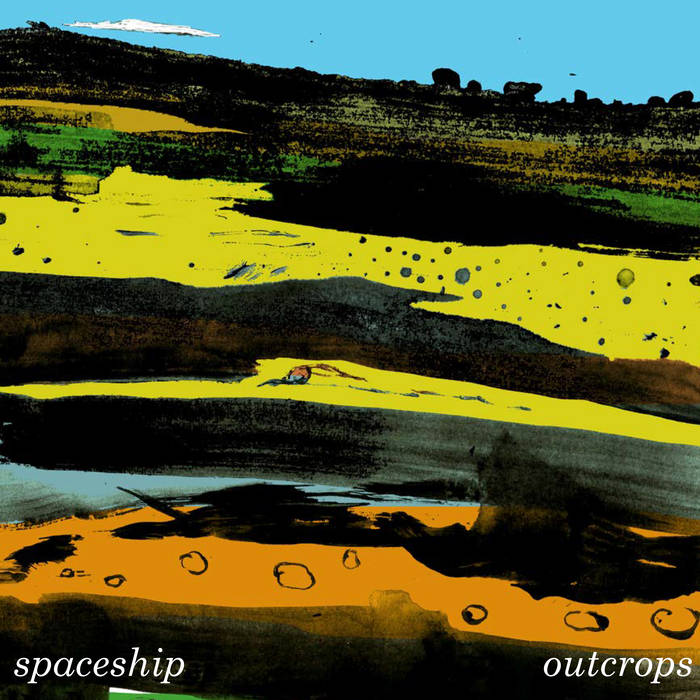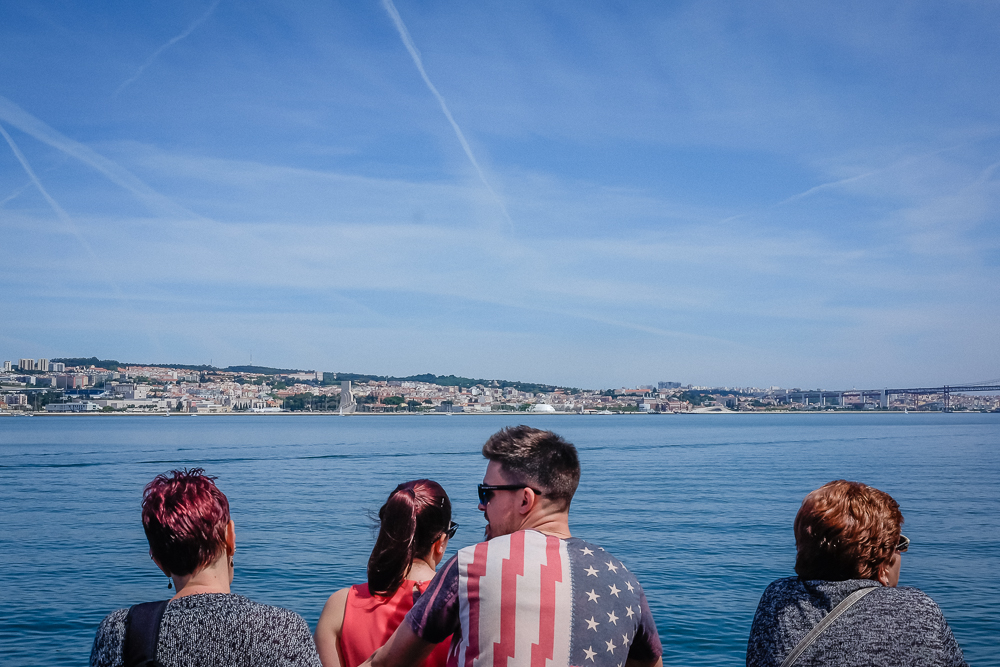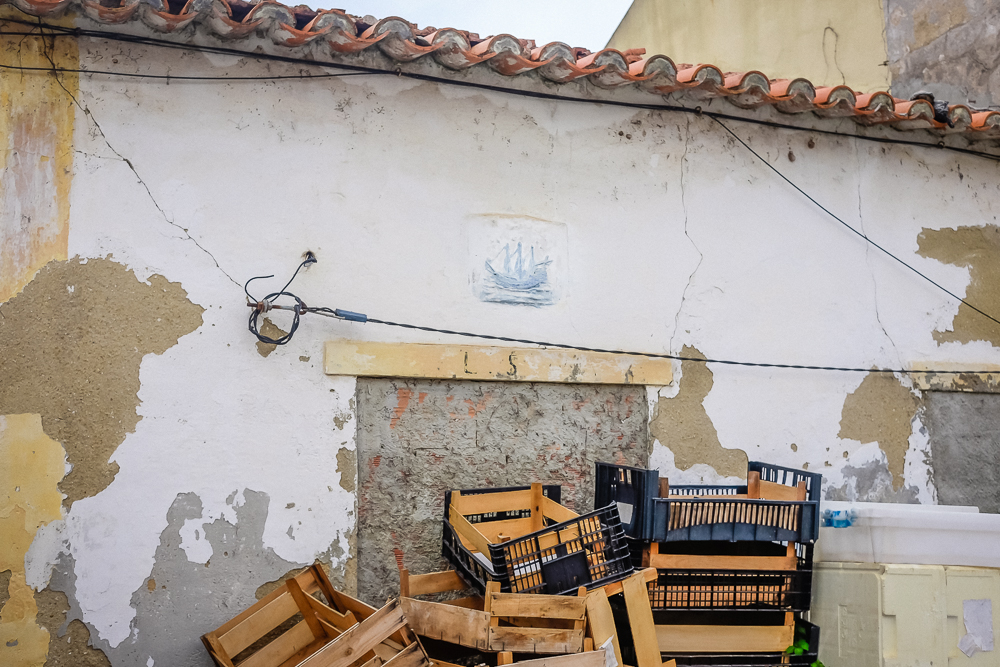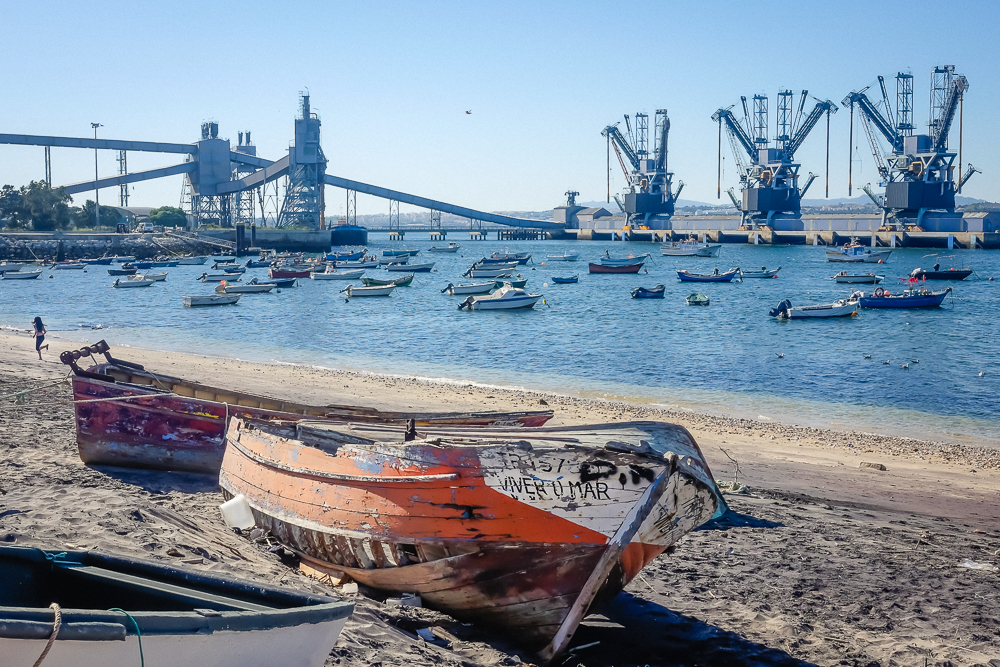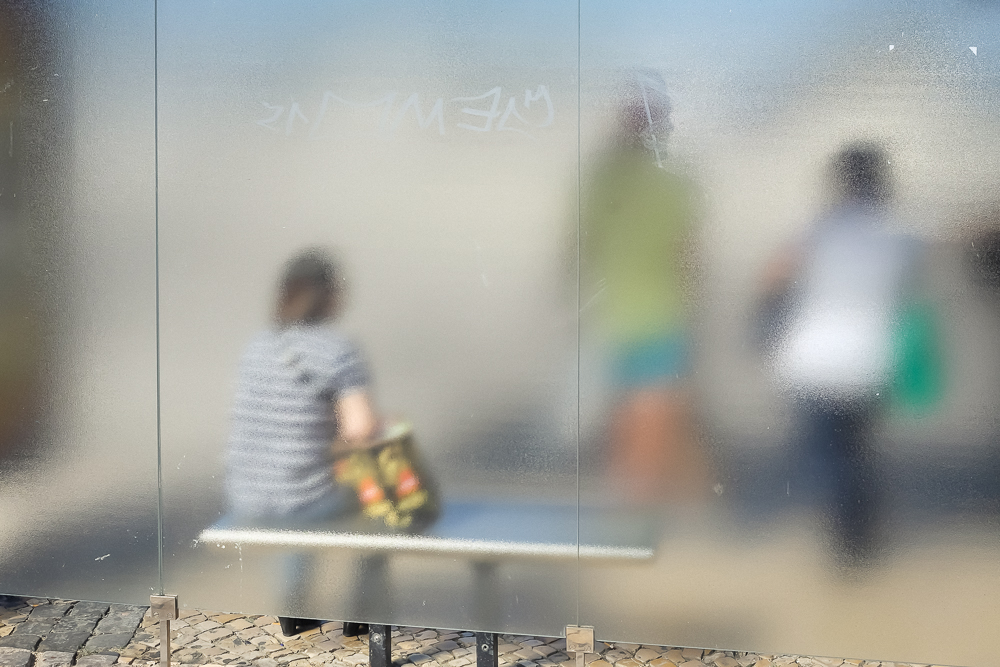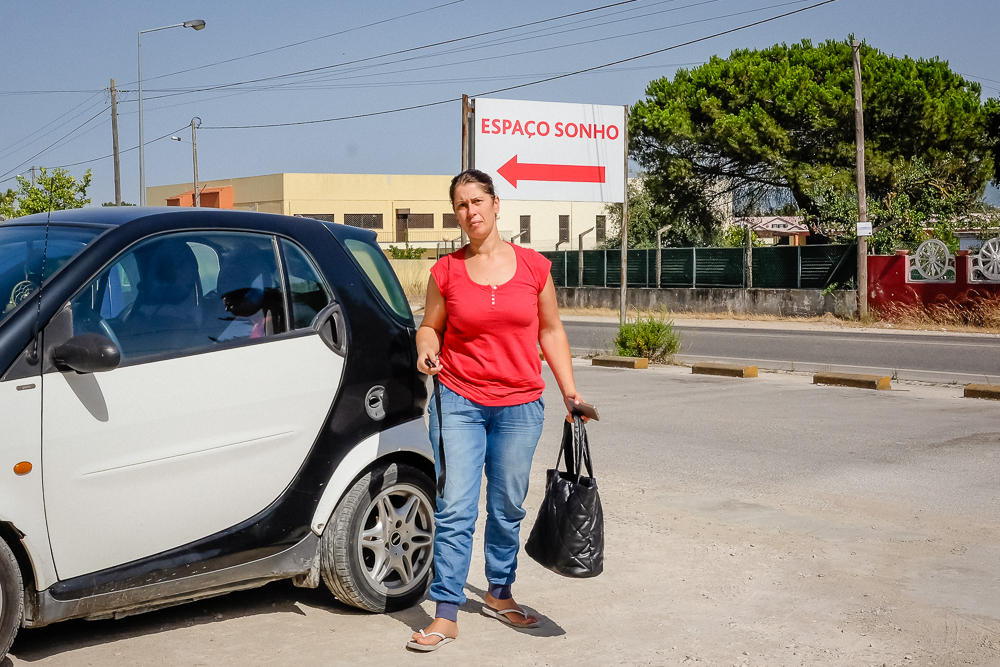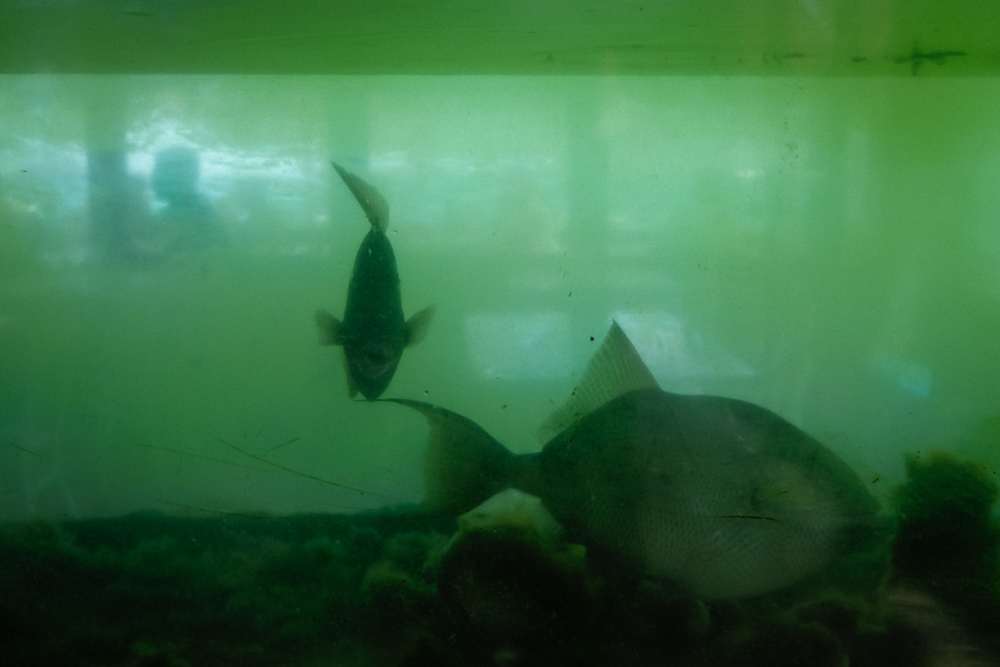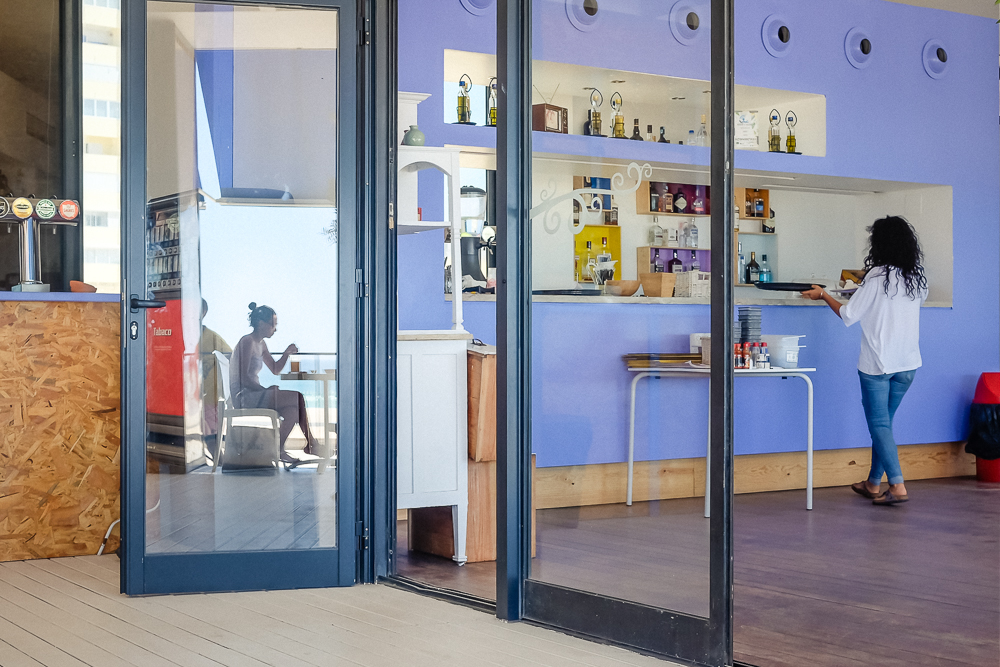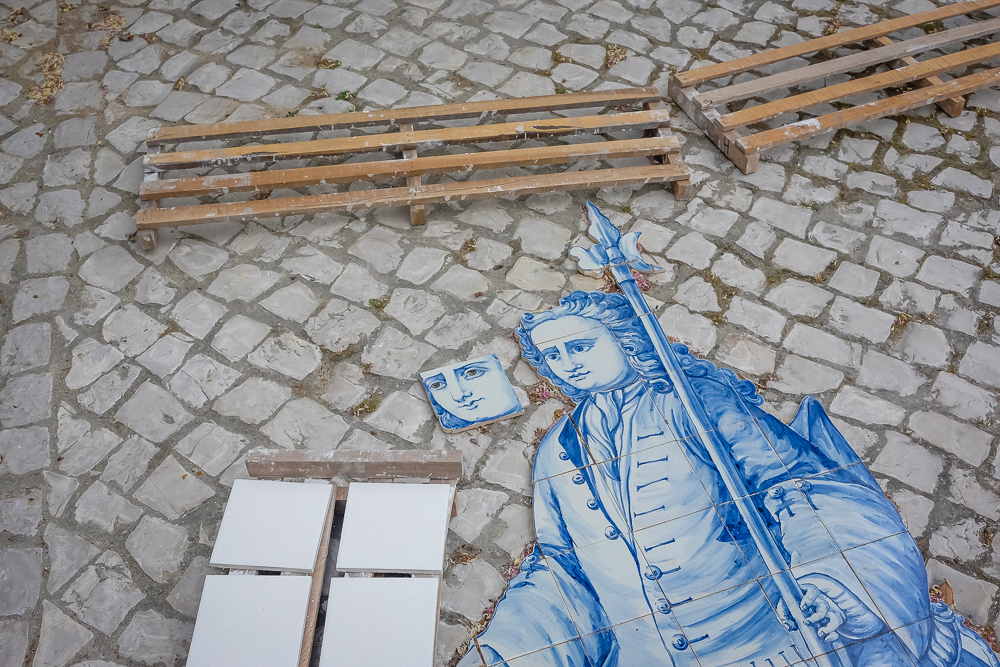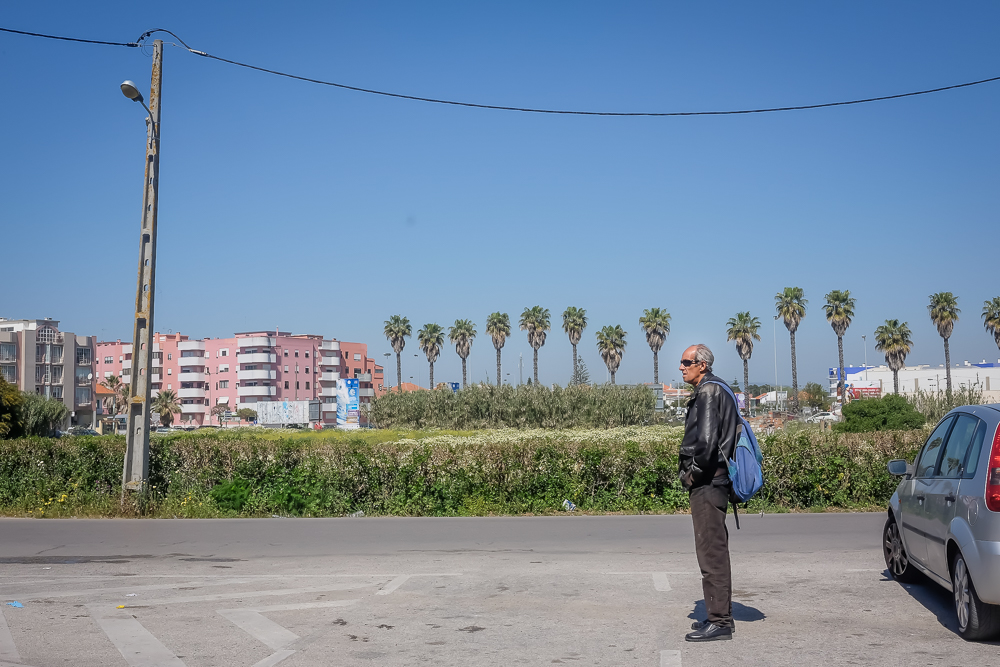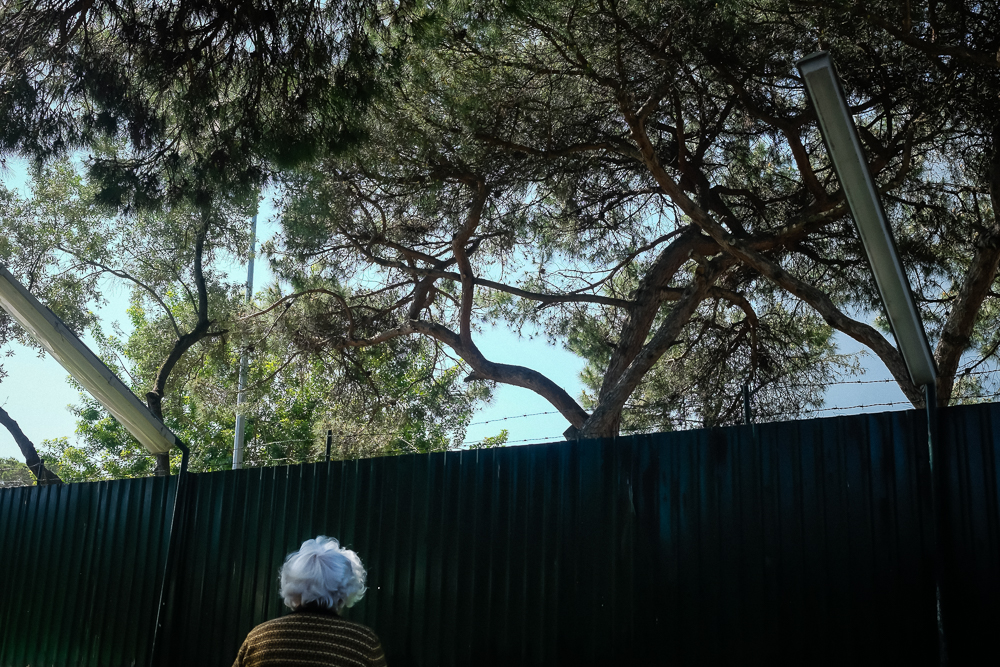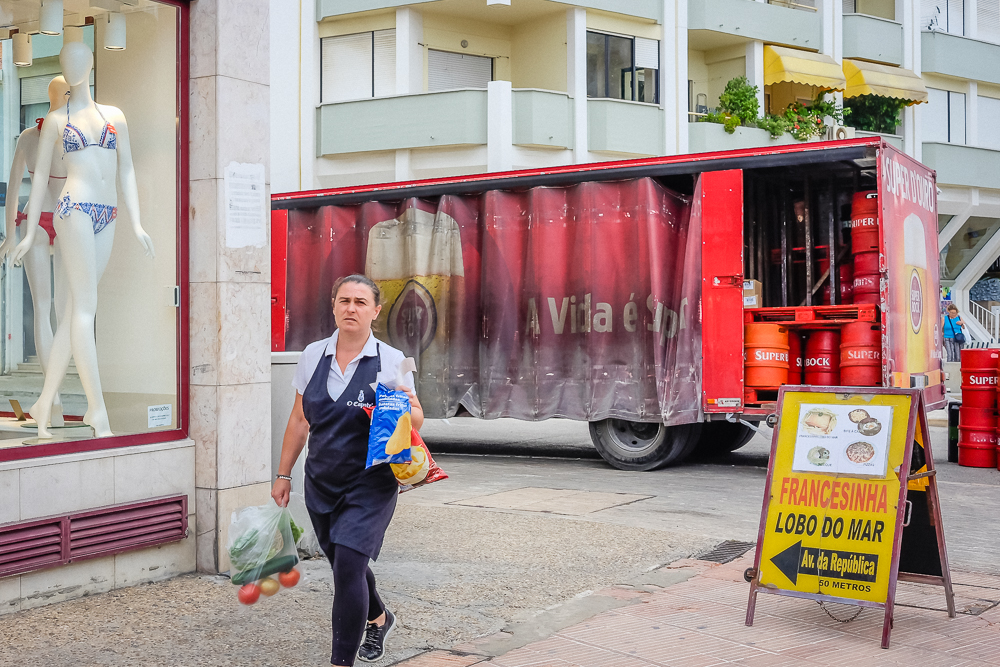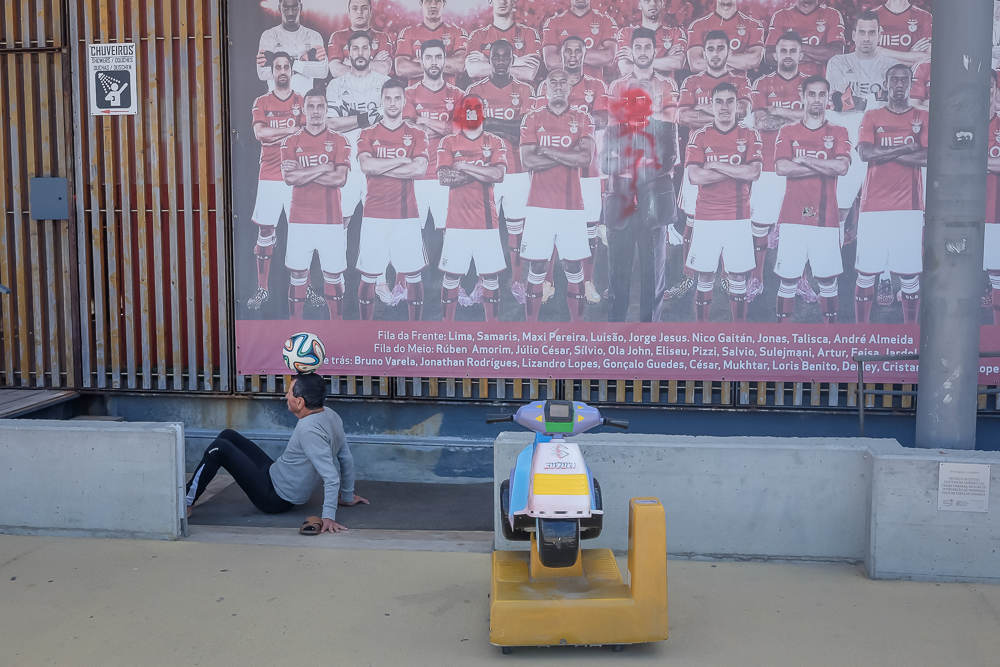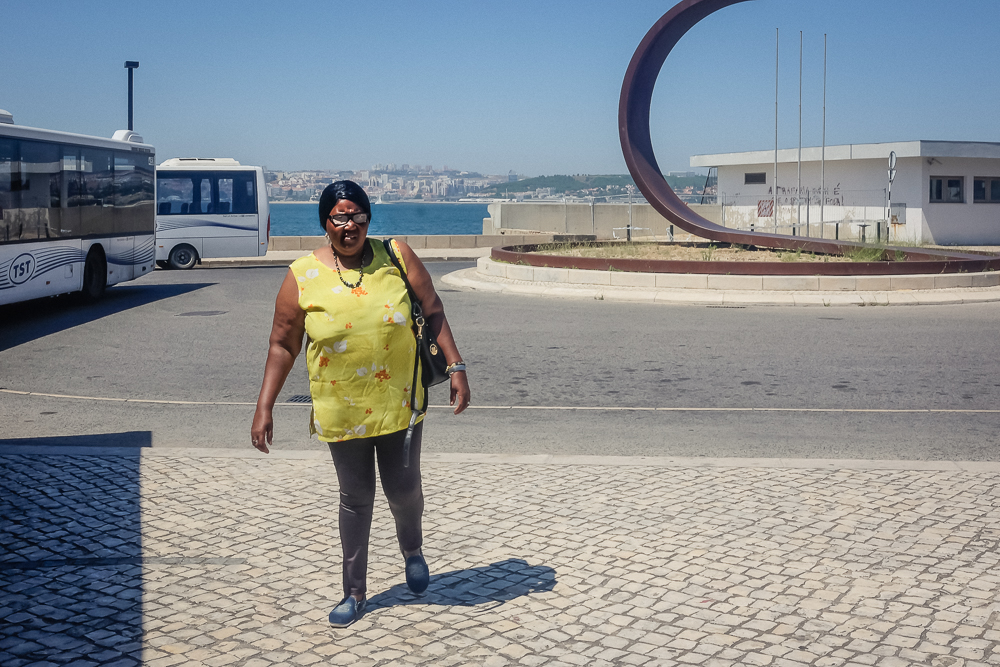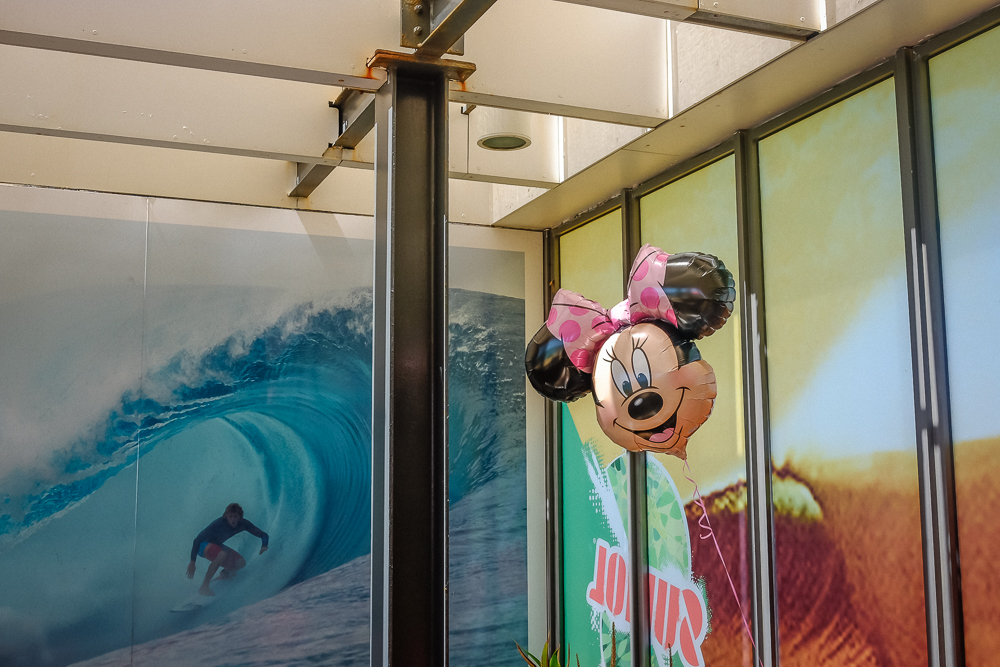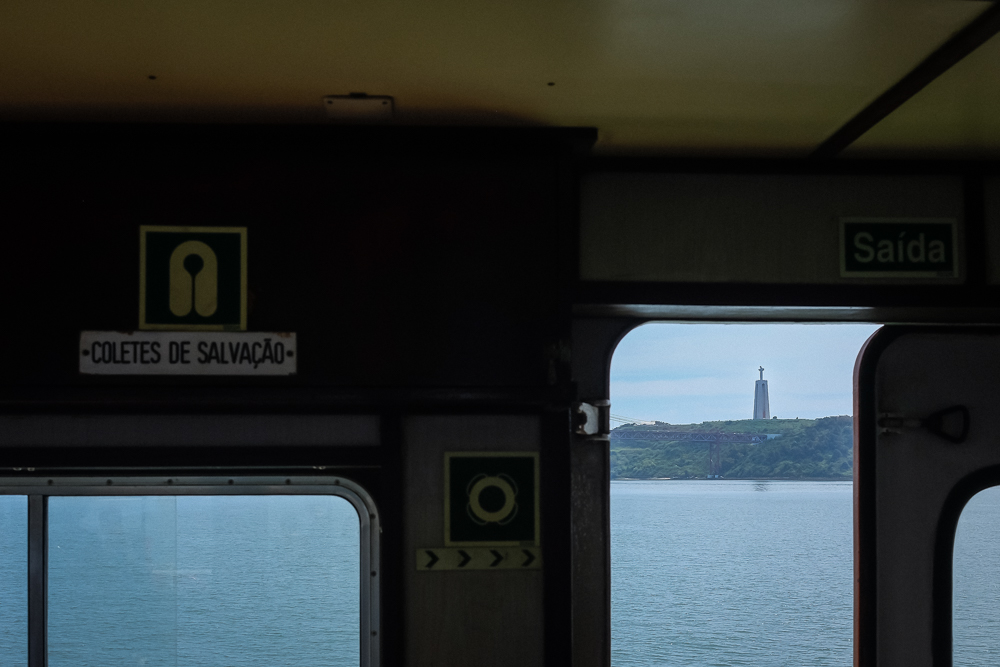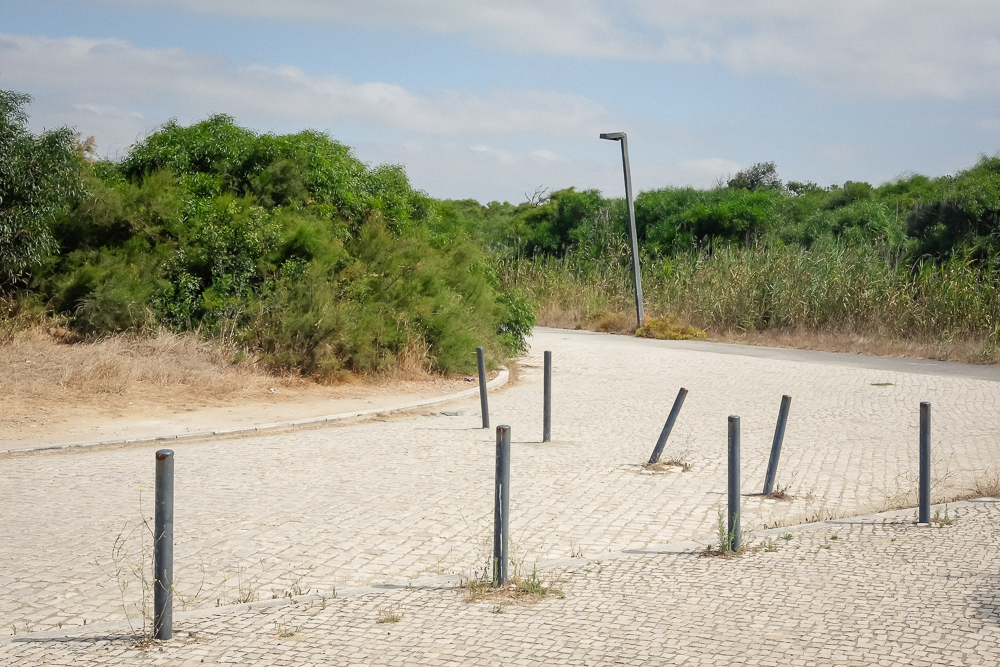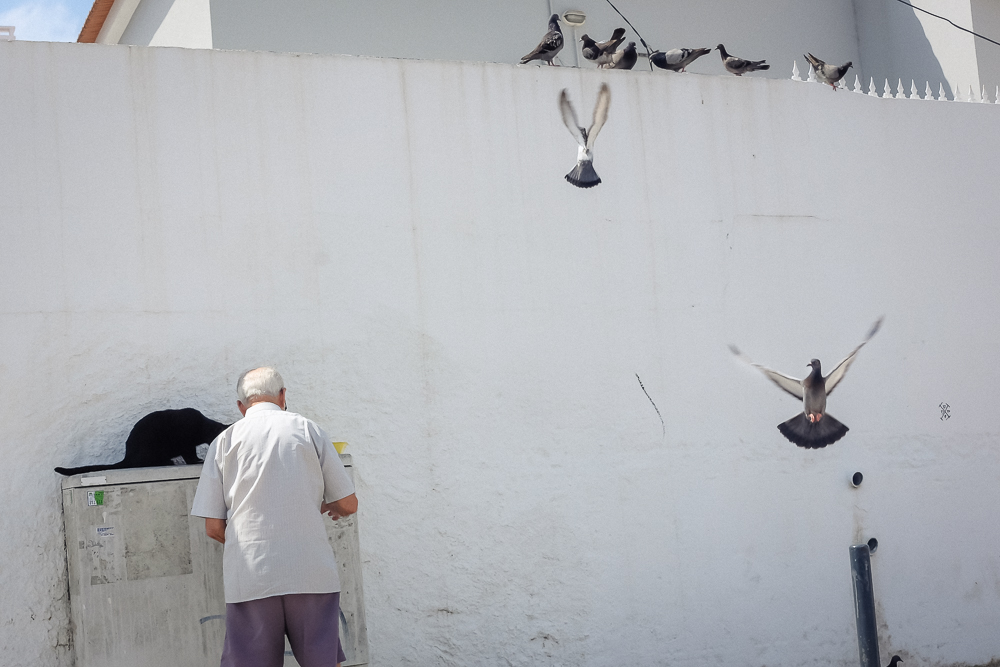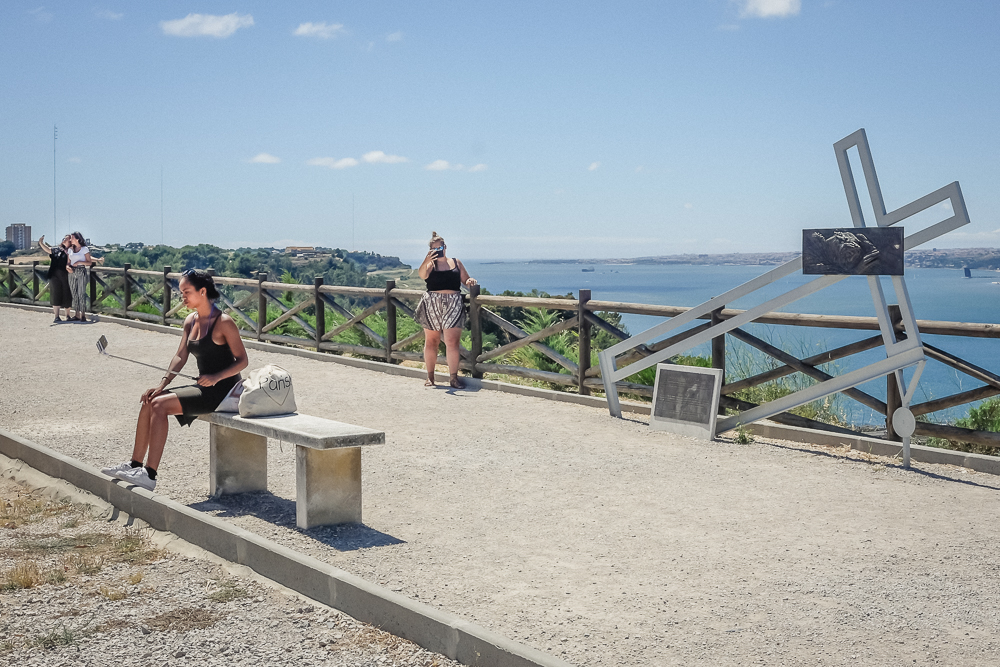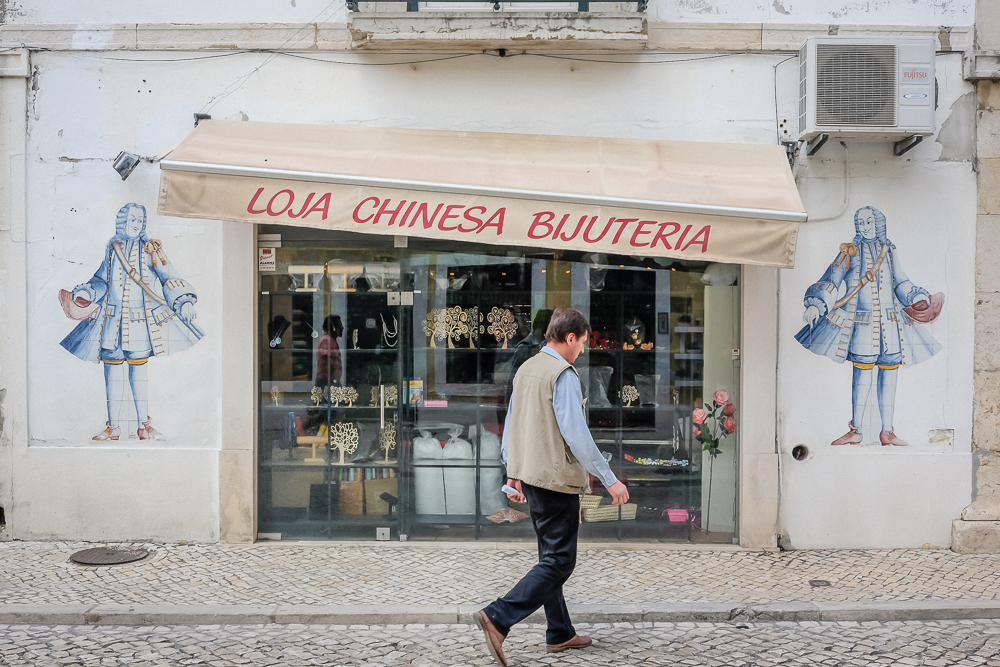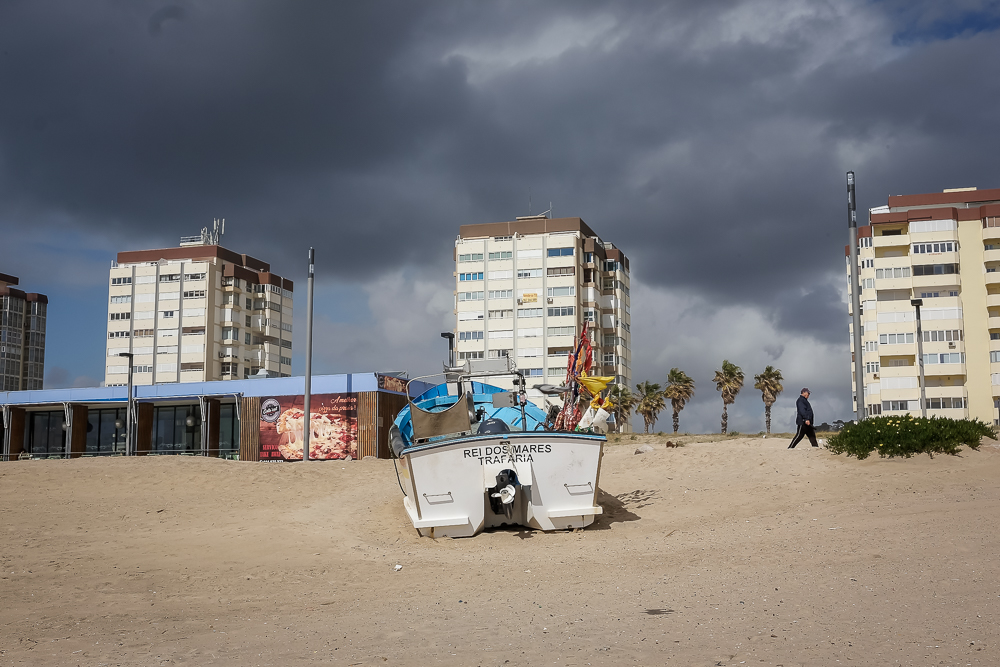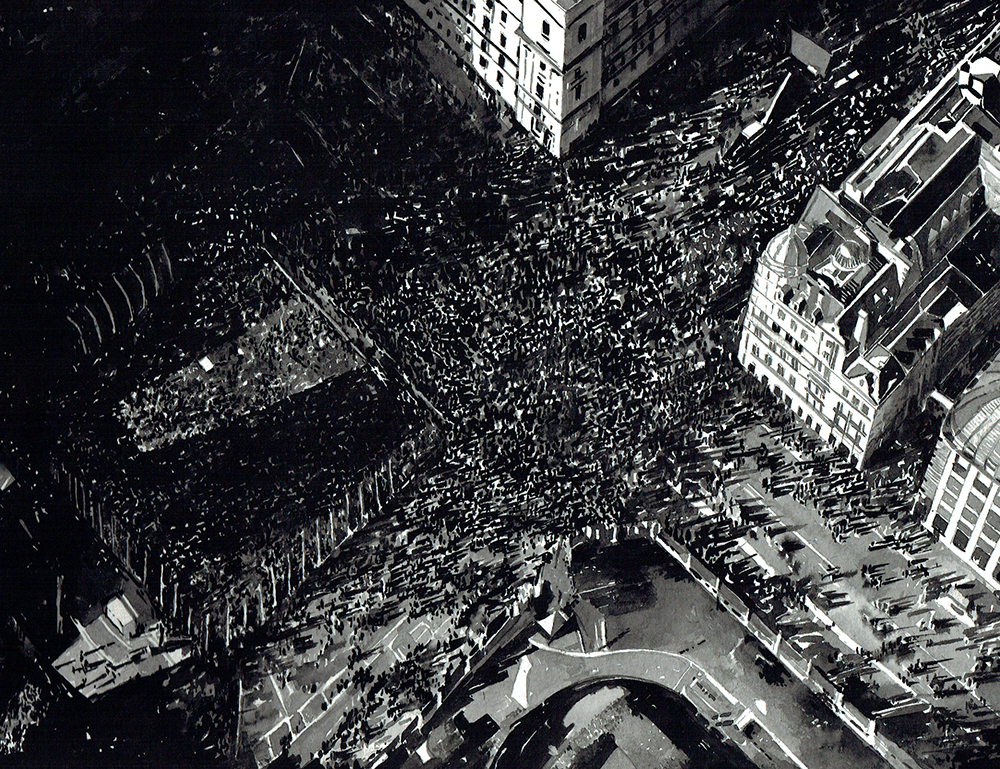Dispatches from Olsztyn - Practitioners
/By Marcel Krueger:
This year, I have been selected as the official writer in residence of Olsztyn in Poland by the German Culture Forum for Eastern Europe, and until September I will be living here, observing, taking part in cultural activities organised by my local partners the City of Olsztyn and the Borussia Foundation, and of course writing about the city. You can find regular posts over on the official writer in residence blog www.stadtschreiber-allenstein.de in German, Englisch and Polish (thanks to my official translator a.k.a. my Polish voice Barbara Sapala). But I will also write irregular dispatches from Olsztyn for the Elsewhere blog. As an amuse gueule, here is one of my first pieces for the Stadtschreiber blog, about a wander along the local river.
***
“Walkers are 'practitioners of the city,' for the city is made to be walked. A city is a language, a repository of possibilities, and walking is the act of speaking that language, of selecting from those possibilities. Just as language limits what can be said, architecture limits where one can walk, but the walker invents other ways to go.”
― Rebecca Solnit, Wanderlust: A History of Walking
I like walking. This seems to be an odd statement, given that anyone does that on a daily basis. But I think we don’t walk enough these days, and not consciously enough. Or, as writer and editor Paul Sullivan writes in his essay Walking the City:
Like writing someone a letter by hand, visiting a friend across town spontaneously or just sitting on a bench and watching the world go by, the act of meandering slowly through the city streets with no particular destination in mind is one of life’s simple pleasures – and an almost entirely lost art. While most of us would argue that we do stroll through the city to some extent – to the post office, through the park, around the block – a combination of factors, chief among them a general deficit of leisure time and an abundance of convenient public transport options, conspire to ensure we usually don’t get very far on foot.
So during my first week in Olsztyn I did what I always do when I want to learn about a place: I went for a walk. I actually went on a walk every day, though some days I cheated by taking a bus or the tram. I first drew circles in and around the old town with my feet, exploring the main thoroughfares and shopping centres, but also the back alleys, laneways and suburbs of the city.
For me, someone who is now living in a central location and without a car, Olsztyn really is a city that lends itself to walking. The new parks along the Łyna river (the German Alle) are pleasant places to stroll and to linger, and on Friday afternoon there where students and teenagers sitting under bridges or on the wooden steps that lead down to the water, swigging from beer cans and smoking; office workers on their lunch break sat on benches and licked ice cream, parents leisurely pushed buggies along the pathways left and right of the river.
From the parks, I then walked northwards, past the castle from 1346 and the Warmia brewery from in a former mill building from 1868, and finally under the railway viaducts from 1871 and 1893 and the newer road bridges into the city forest proper. Every time I see the viaducts I’m reminded of Robert Budzinki’s tongue-in-cheek travel book 'Die Entdeckung Ostpreußens' (The Discovery of East Prussia).
Budzinski (1874 -1955) was a painter, graphic artist and author, and – even though he himself was born in East Prussia in Klein-Schläfken (Sławka Mała today) – in 1913 published his 'travel book' which is not only full of wonderful woodcuts, but also sardonically talks about East Prussia as the proverbial distant eastern province. He also records the often exotic-sounding East Prussian place names, before they were 'Germanised' by the Nazis 20 years later:
During my wanderings I continuously discovered places with not very known but quite illustrious names; so that I often thought I was roving about in a magical landscape. One day I took the train from Groß-Aschnaggern to Liegentrocken, Willpischken, Pusperschkallen and Katrinigkeiten, breakfasted in Karkeln, arrived in Pissanitzen, Bammeln, Babbeln, and had dinner in Pschintschikowsken while aiming to overnight in Karßamupchen.
The book remains in print until today, which I think is a testament to his enduring humour and skill as an artist. From under the bridges then I made my way into the city forest proper, with the Łyna growing wider to my right and only the occasional biker disturbing my solitude. I like to be out, walking, slightly removed from the noise of the world. Or, as Walter Benjamin writes in 'Berlin Childhood around 1900', 'Not to find one’s way around a city does not mean much. But to lose one’s way in a city, as one loses one’s way in a forest, requires some schooling.' The beauty of Olsztyn is that the forest proper is never far – so I can train to get lost both here and in the city. The lady walking her dog just that came towards me on the forest path did not seem to agree with my Waldeinsamkeit: the look she gave me over the rim of her sunglasses seemed to suggest that only idiots stand in the middle of a forest and scribble in notebooks.
I continued for another 30 minutes before I decided to leave the Łyna valley and loop back to the city centre. I walked up the wooden slope right of the river and came across the Leśny Stadium, now almost completely reclaimed by grass and trees, where athlete Józef Szmidt (the so-called 'Silesian Kangaroo', born in 1935 and an honorary citizen of Olsztyn today) broke the world record for triple jump in 1960 with a length of 17.03 metres. I wonder if the soft peat soil here had something to do with that. Further on, I came across a graffiti of three knights on a wall, maybe a harmless reflection of the Teutonic Knights that haunted these woods long ago.
A not so harmless reminder of the violent past was just up the road – two cemeteries of honour, one a German one with dead from both World Wars that was restored and is looked after by the German Minority Association of Olsztyn, with men who died in 1914 lying next to men who were born in 1914; and the other a small Russian plot, with no headstones left but a German memorial set up in 1914 that reads:
Here rest Russian soldiers who followed the orders of their ruler, found their death fighting against the liberators of East Prussia and are now buried far from their home
It seems a futile honourable gesture, something that would have surely not been set up following the industrialised mass murder of the Somme and Verdun and during the Brussilov offensive, which surely eradicated all humanity left then.
When I walked back from the cemeteries, my head full of somber thoughts, chance and sunlight and the city cheered me up: a pizza taxi stopped near the forest entrance and two teenage girls emerged from the woods, inexplicably wearing white plastic antennae and white plastic fairy wings. They paid for the pizza and skipped back into the woods, to what I can only imagine must have been the first fairy pizza picnic of spring in Olsztyn this year.






